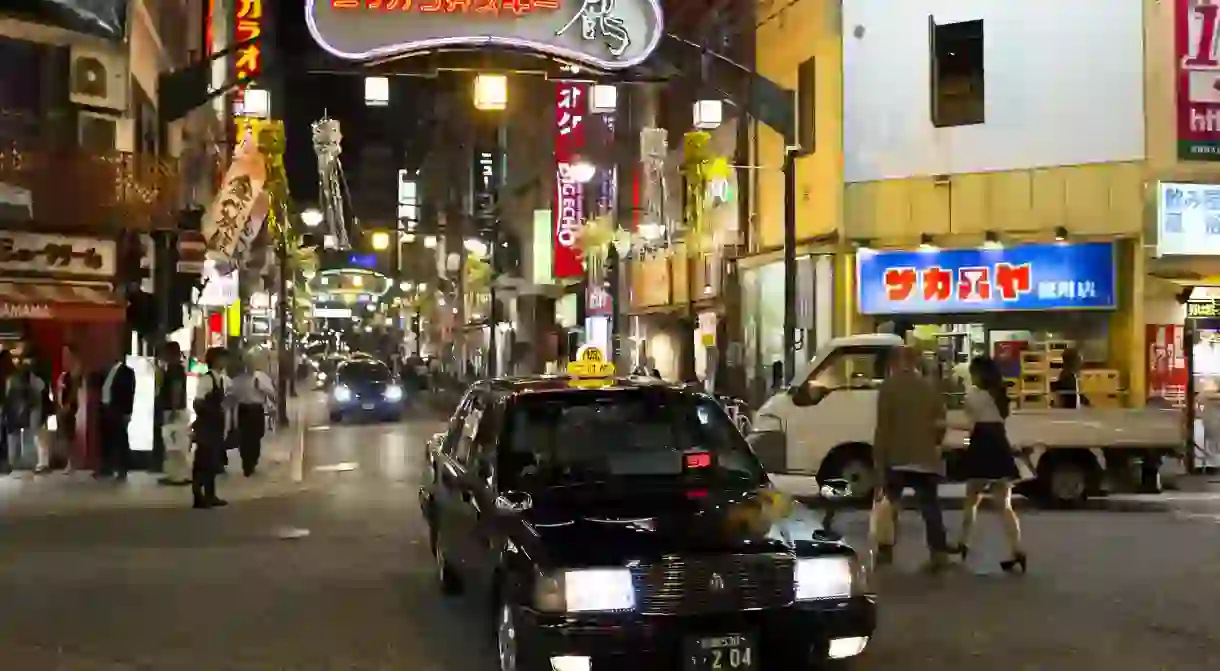The 10 Best Resturants In Hiroshima

Eating out in Hiroshima offers a diverse set of culinary pleasures, from the region’s traditional okonomiyaki to authentic Naples pizza. Although the city’s dining scene cannot quite rival those of Kyoto or Osaka, it’s still widely appreciated for its range of restaurants and traditional cuisine, which is among the richest in the southern part of Japan. We explore ten of the most interesting restaurants in Hiroshima.

Yakigaki-no-hayashi
Restaurant, Japanese
Okonomi-mura
Restaurant, Japanese
Okonomi-mura okonmiyaki restaurant | © Jenni Juniper/Flickr
Shanti Vegan Cafe
Cafe, Japanese
Polar Bear
Ice Cream Parlour, Ice Cream, Tea

Nagataya
Restaurant, Japanese, Vegetarian, Vegan

Located right next to Peace Park at the end of Hondori, this okonomiyaki restaurant’s great location usually has a long line waiting outside. For those who can brave the queues, or turn up outside of rush-hour mealtimes, this is a great option for larger groups. Despite its popularity, Nagata-ya boasts a more spacious layout than the typical okonomiyaki shop, with good seating and heated grills installed in the tables to keep the food warm. House specials here include the Nagata-ya original, including squid and shrimp; the deluxe including mocha rice, cake and cheese; or the special with green onions. For those who have had their fill of okonomiyaki, iron griddle-cooked teppanyaki is also on the menu, including unmissable grilled oysters with butter, lemon and green onions
Zona Italia
Restaurant, Italian, European
Hassei
Restaurant, Japanese
Roopali Wakakusamachi
Restaurant, Indian
Guttsuri-An
Restaurant, Seafood, Japanese
Pizza Riva
Pizzeria, Italian













